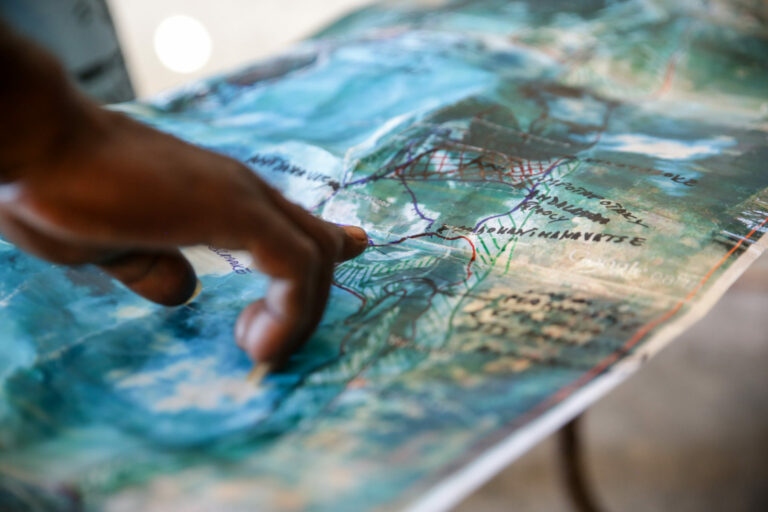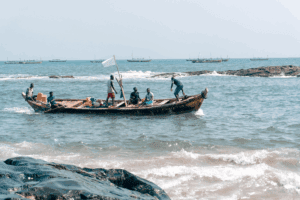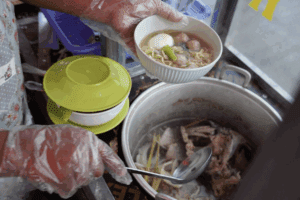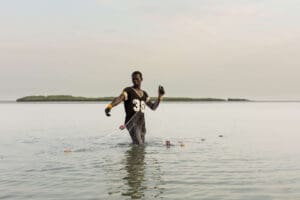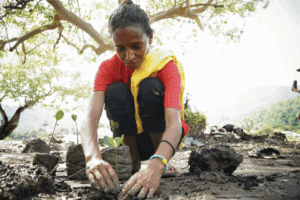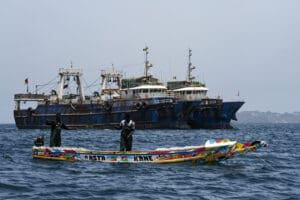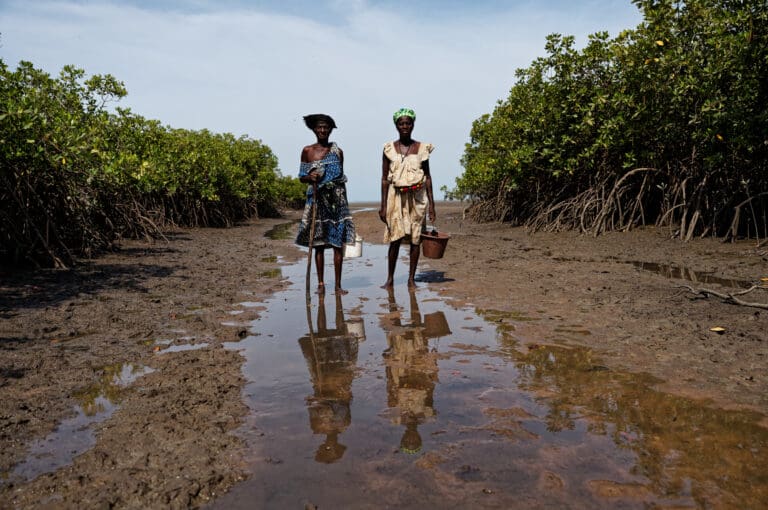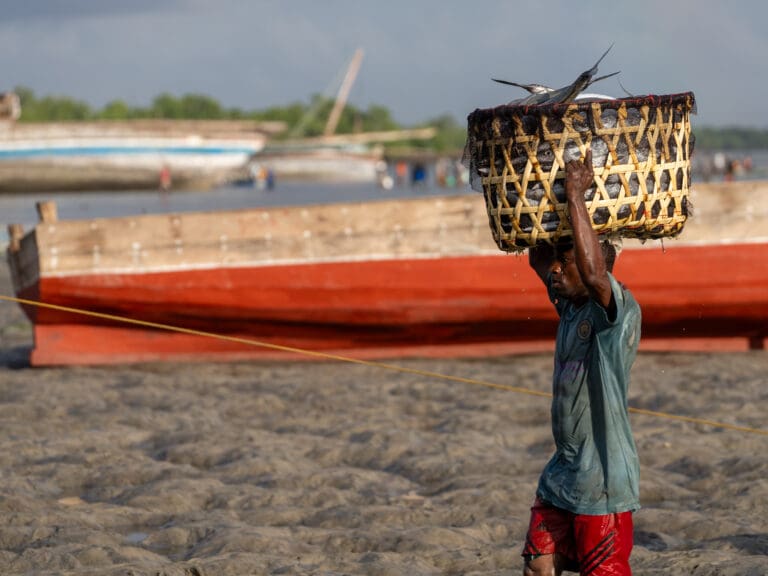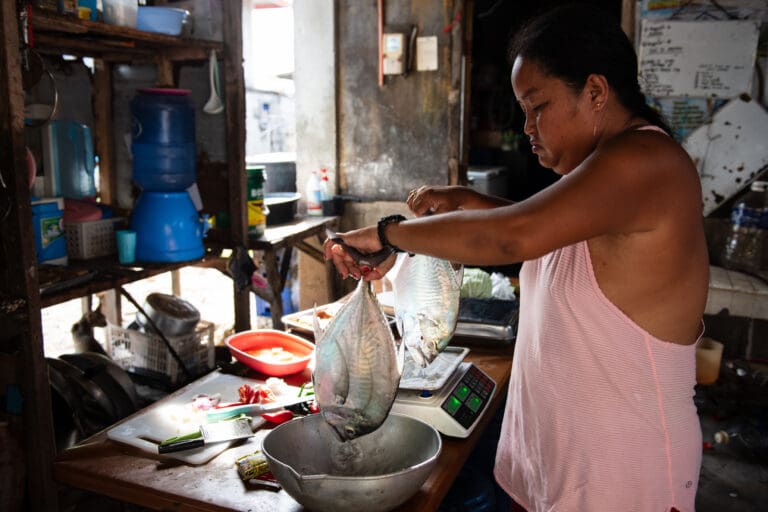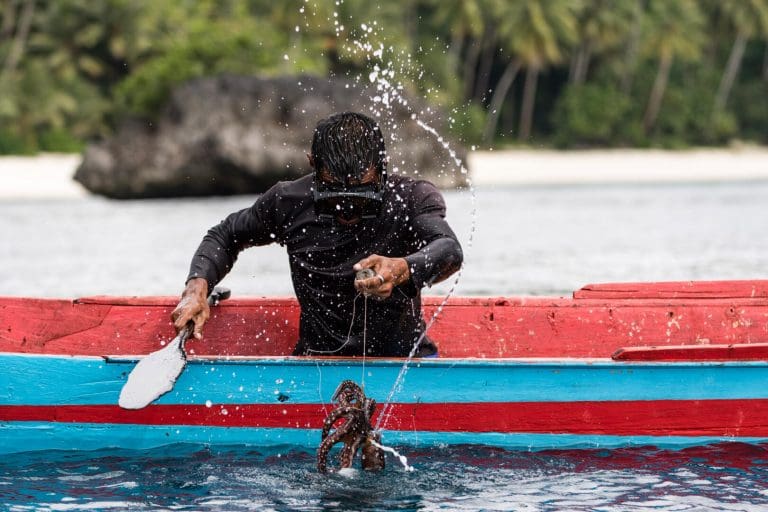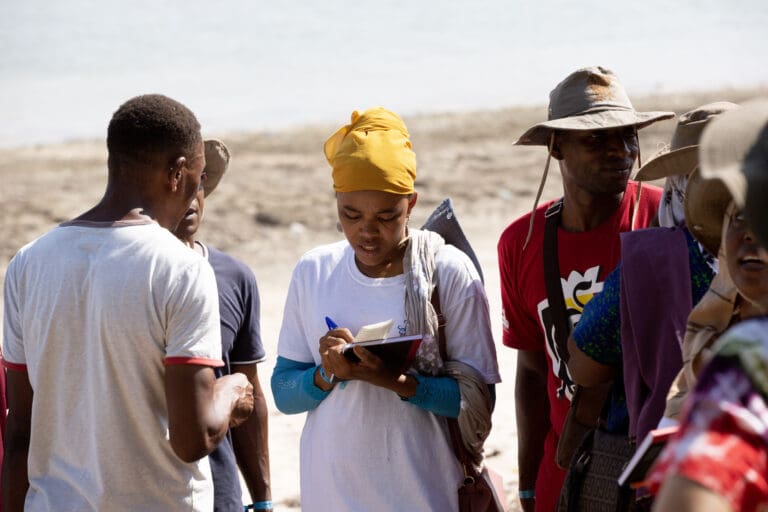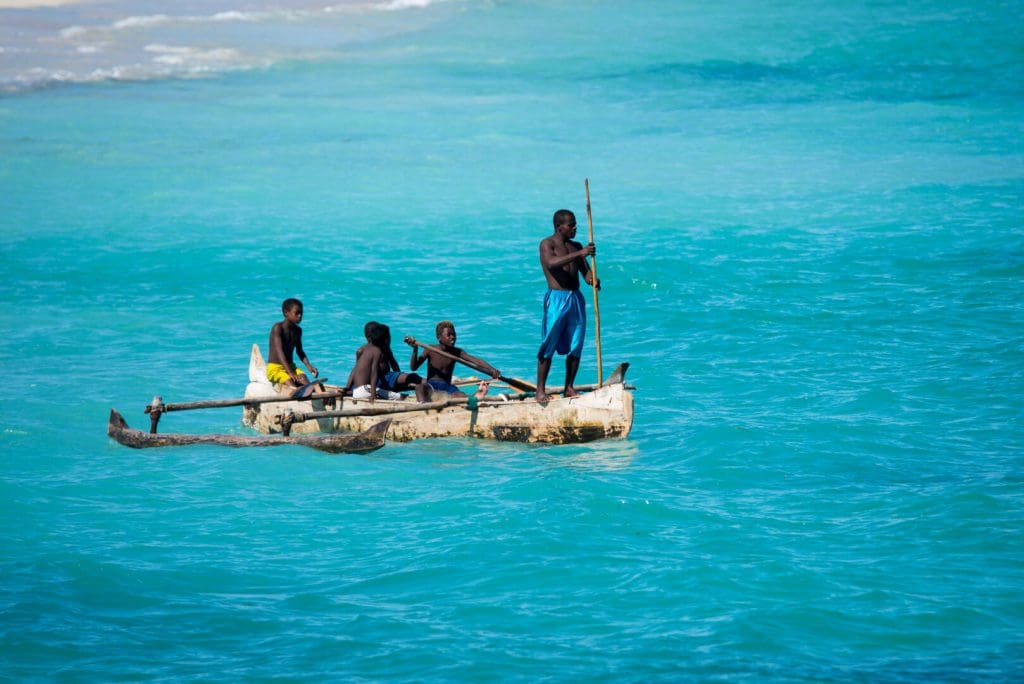Saturday the 2nd of December 2017 marks an important milestone for the coastal communities within the Velondriake locally managed marine area (LMMA) in southwest Madagascar. It is exactly 3,000 days since the creation of Agnorondriake, the first community-based no-take zone (NTZ) within the LMMA and a significant step towards protecting the region’s marine resources for future generations.
Global fish stocks are currently facing unprecedented pressures, threatening the food security and livelihoods of the 1 billion people who directly rely on tropical small-scale fisheries. Southwest Madagascar is no exception, where 87% of the population are small-scale fishers, and seafood provides the only source of protein in 99% of meals. These remote communities simply cannot afford to see their fish stocks crash.
Marine protected areas aim to mitigate these threats. However, they are commonly managed from the top down, for example by governments or international organisations, with little or no collaboration with the communities who directly rely upon the resources these areas protect. Restricting access to large areas of reef can impact the livelihoods of coastal people, often leaving them no choice but to fish these areas illegally, negating the positive effects of the management.
As an alternative to this top-down management, over 20 villages in the southwest came together in 2006 to create an LMMA called Velondriake (meaning ‘to live with the sea’). These people have chosen to manage their own marine resources using locally appropriate measures that take the livelihoods of fishing communities into account. These measures include bans on destructive fishing gears, seasonal closures of certain fisheries and designating small areas of reef as NTZs.
No-take zones are areas where all extractive activities (including fishing of all kinds) are forbidden. The removal of human pressures in an NTZ helps fish and related ecosystems recover, and the communities within Velondriake decided that the benefits were worth the sacrifice.
There are now seven community-based NTZs within Velondriake, covering areas of lush mangrove forest and ecologically vital coral reef habitats. These areas were all selected by the communities, allowing fishers to identify the areas that they were willing to protect. Agnorondriake, which covers 40 hectares of coral reef, was the first of these seven reserves to close to fishing in 2009, and its status was cemented within the community through a fomba – a traditional ceremony where the ancestors are asked for their support.
Since its creation, Blue Ventures scientists have been studying the ecology of Agnorondriake to understand what impacts the reserve is having on fish populations, and they are seeing some encouraging results… watch this space!
Community-led management of marine reserves is proving to be an effective way of preserving ecosystems and fisheries in southwest Madagascar without disenfranchising the people who rely on them the most.
Congratulations to Velondriake on 3000 days of protection in the Agnorondriake reserve, and here’s to many more to come!
Conduct reef surveys in the Agnorondriake reserve as a Blue Ventures volunteer!
Read more about community-led conservation in Velondriake.

